Less than three years since Grenfell, the Bolton Cube building blaze has raised fresh concerns over cladding safety and had wider knock-on effects on insurability
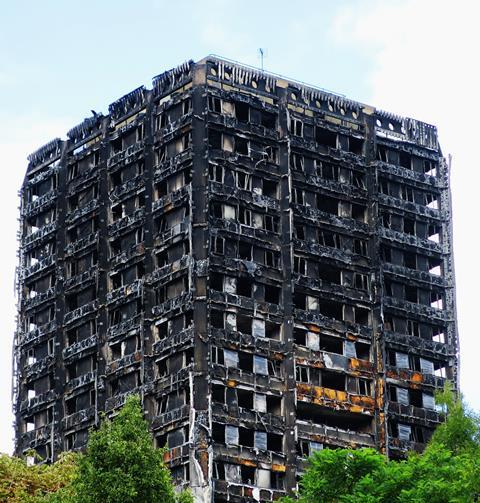
When a fire swept through a student housing block in Bolton in early November, there were concerns the building’s cladding system had contributed to the fire’s spread.
The privately owned building, known as The Cube, was home to 200 students and was covered in high-pressure laminate cladding. While different from the aluminium composite cladding used on Grenfell Tower, it is a material that has raised safety concerns. Coming just two and a half years after the Grenfell disaster, the Bolton fire again drew attention to the dangers of cladding on tower blocks and implications from a professional indemnity (PI) insurance perspective.
“There’s still uncertainty surrounding the Bolton fire as to what it all means and who is at fault,” said Cavendish Munro commercial director Andrew Field.
“The building in Bolton had a different cladding material to Grenfell but, again, it’s obviously a loss that is high profile and people are already wary. We are seeing insurers introducing exclusions for that kind of work.”
Not fit for purpose
The public inquiry into the Grenfell fire, in which 72 people died, concluded that the current system for ensuring fire safety in high-rise buildings is not fit for purpose. There have been accusations that local authorities have dragged their heels in ensuring remediation work takes place on tower blocks that are at risk. A government report issued in April 2018 found that just seven of 160 social housing towers identified as dangerous had been re-clad with safer materials.
Inevitably, fire safety has had a profound effect on the pricing, terms and availability of PI cover for firms operating in the construction sector.
Andrew Bickell, Lockton senior vice-president, global professional and financial risks, said: “Contractors are seeing significant increases in premiums and self-insured excesses. We know of at least one insurer whose minimum self-insured excess for a contractor is £250,000 for each and every claim.”
Challenging market
As well as substantial increases in premiums and tightening terms and conditions, insurers have moved away from “any one claim” limits of indemnity to aggregate protection, reducing the extent of coverage for insureds. This has proved challenging for brokers trying to place the business.
“The challenge for us is obviously to try and get the best deal for our clients and that’s getting harder and harder,” said Field. “If every insurer wants to increase their prices, that makes our job difficult. I don’t even think it’s at the levels that we’ve seen in some previous years, such as in 2008 when we had big problems in the property market, so there’s a feeling that there is more pain to come.”
Other signs of a more challenging market are “exhaustive” renewal questionnaires. Insurers are asking clients for detailed information on work involving cladding going back up to 15 years, according to Morrison’s Pi-Property Insurance. Some carriers are applying prior work exclusions for anything involving cladding.
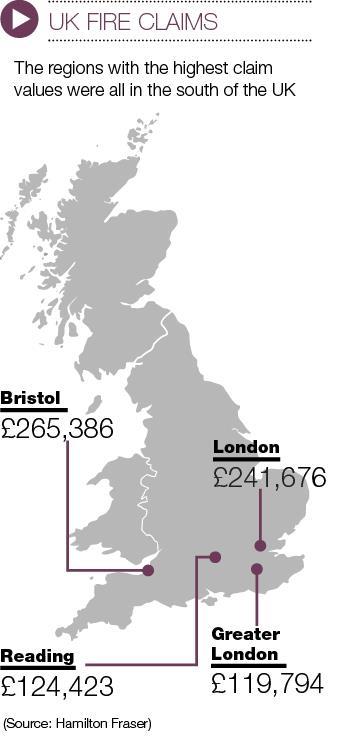
Pete Willcocks, founder and managing director of broker Larsen Howie, was East Midlands regional chair for Biba until the end of this year. He said: “Grenfell came up in a lot of meetings in that it had a huge knock-on effect on the PI insurance sector.
“Some insurers don’t want to touch anything with cladding, some have massively reduced the cover on offer, while others have changed the price.”
Willcocks added that he had heard of companies that were not able to get a quote and some that had gone out of business because they could not get cover.
Unattractive risks
In his keynote address at the Fire Protection Association’s Fire Sector Summit last year, ABI director of general insurance policy James Dalton said that fire losses had been an issue for the sector before Grenfell.
“The construction industry as a whole has a long history of major PI insurance claims, meaning it is a sector that often presents unattractive risks to PI insurers,” he said. “These were issues before Grenfell, but the construction industry
is now operating in a regulatory environment that has been found by Dame Judith [Hackitt] to be unfit for purpose.”
Dalton said there was still competition and capacity in the professional indemnity market and that reinsurance was available, but added that there was clear potential for significant PI claims in construction in a post-Grenfell, post-Carillion environment.
He said: “Many professional indemnity insurers in the construction sector are asking more questions of prospective clients in relation to potential exposures.”
The fire hit the PI insurance sector at a time when reserves were drying up after a protracted soft market and underwriting losses were common.
A Lloyd’s report last year revealed that 62% of syndicates had recorded an aggregate loss on their non-US PI portfolios over the past six years, making it the market’s second-worst performing class of business and the subject of scrutiny during the Decile 10 review. Several syndicates withdrew from the sector in 2018 and 2019 and there have been no new entrants to take their place.
Hardening market
With reduced appetite for construction risks and less capacity in the market, the losses from Grenfell have triggered a broader hardening across the PI market, according to Manchester Underwriting Management director Richard Webb.
“Several carriers were writing a lot of contractor’s design and construct and the losses from Grenfell put some of them out of the game,” he said. “In areas such as cladding we have always been 10 times the price of everyone else. The market has only now moved to a point where our pricing is attractive.”
He added that brokers needed to understand that the rate for construction PI has steadily been eroded over the past 13 to 14 years.
He said: “Premiums may have tripled or quadrupled for construction clients but, when you look at it, it’s still short of the rate required to make the class profitable. That’s what insureds should be paying.”
- A ban on using combustible cladding materials on buildings in Wales looks set to come into force early in the new year. Housing minister Julie James said she hoped to publish proposed building regulation amendments before Christmas for the Welsh Assembly to consider.
BI Buildings Blueprint: Reducing fire risk
Improve safety for firefighters and residents in high rises by reintroducing stricter rules for tall buildings
Rules that can be traced back to laws developed by Sir Christopher Wren after the Great Fire of London were repealed by the government in 2013. Many fire professionals suggest if these had remained in force, tower blocks more than 30m tall would have had to go through more rigorous fire risk assessments and have a higher level of fire resistance in their external walls.
Reduce the risk to new-build properties by guaranteeing the use of materials that do not burn on the outside of tall buildings
Modern construction has introduced large amounts of combustible material in the form of structure, cladding and insulation. The fire safety element of building regulations refers to the need for “limited combustibility” but, given the vagueness of this term, the rules should insist on non-combustible materials.
Protect refurbished properties by ensuring any changes either maintain or improve the level of fire protection
Buildings designed with higher levels of fire resilience can have these standards undermined during a refurbishment. For example, external cladding added to improve energy efficiency can increase fire risk.
Keep fire-safety rules for buildings up to date by regularly reviewing them so they keep pace with construction methods
Building methods were able to overtake fire safety rules because the regulations had not been reviewed in more than a decade.
Introduce compulsory sprinklers for new schools, care homes and warehouses over 2,000m²
There is abundant evidence – social, environmental, and economic – that highlights the importance of improving fire protection for buildings which are vulnerable to fire. The cost of installing sprinklers will be recouped in many cases by savings made in insuring the building.
Hosted by comedian and actor Tom Allen, 34 Gold, 23 Silver and 22 Bronze awards were handed out across an amazing 34 categories recognising brilliance and innovation right across the breadth of UK general insurance.





































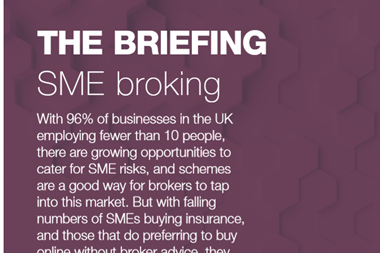
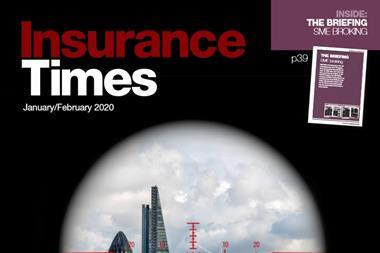
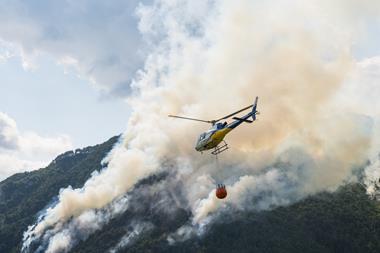











No comments yet